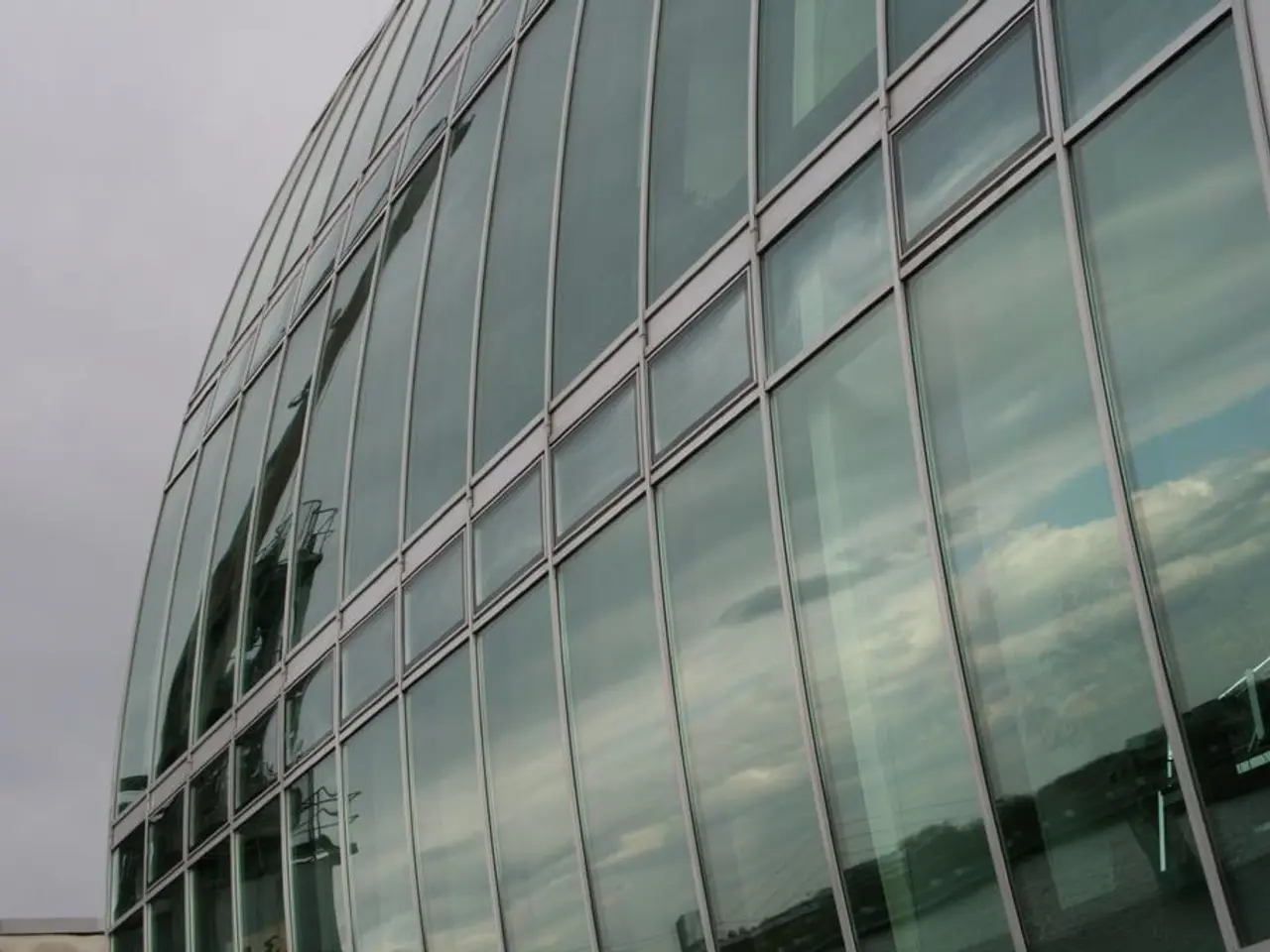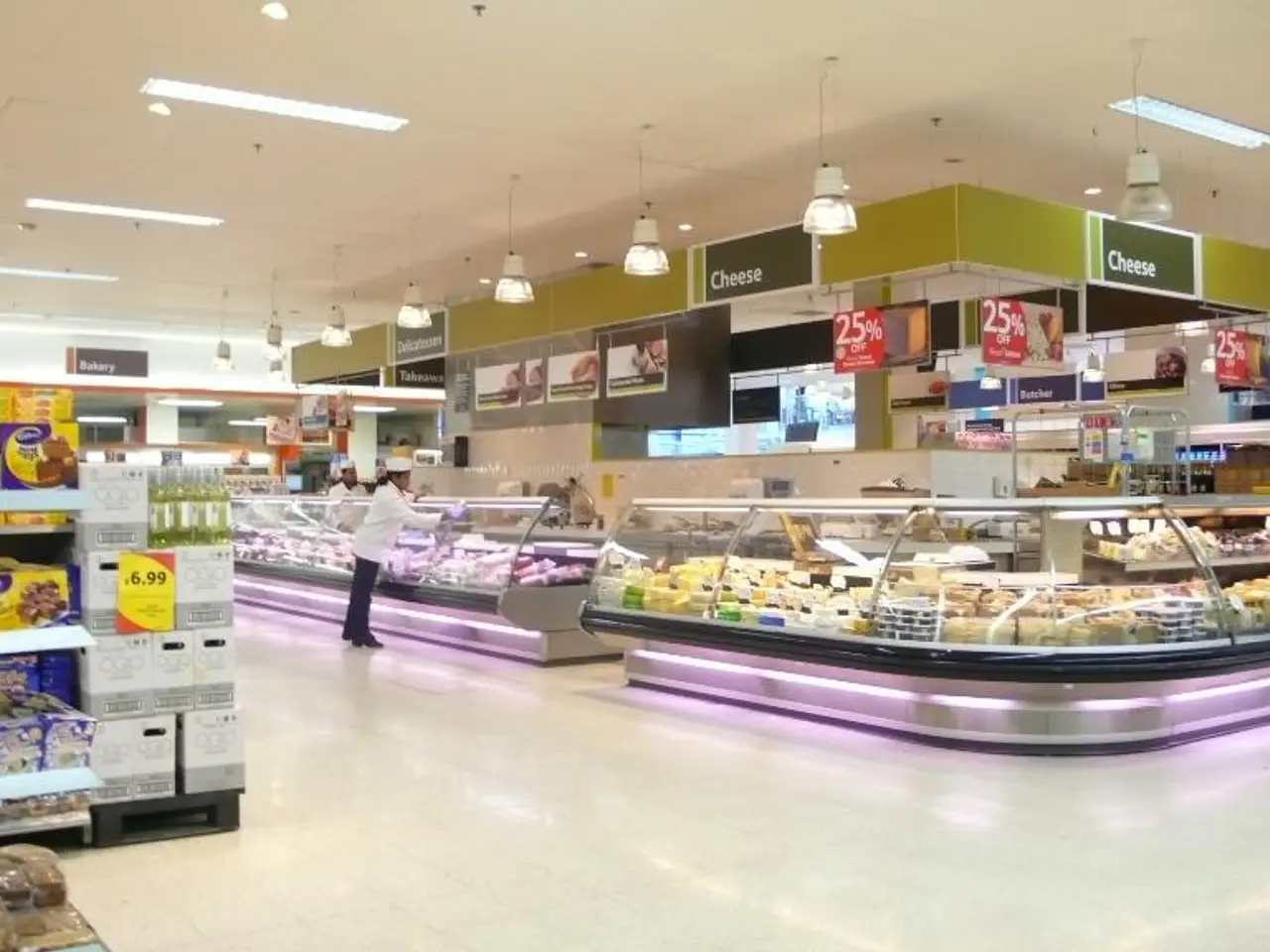Puma struggles with a net loss in Q2 due to decreasing sales amidst unpredictable market patterns; lowers overall revenue projection for the year.
In a recent Q2 2025 report, sports apparel and footwear manufacturer Puma AG has outlined a series of factors that are expected to impact its performance throughout the year. The company anticipates that both sector-wide and company-specific challenges will continue to significantly impact its performance in 2025.
Key factors include muted brand momentum, shifts in channel mix and quality, the impact of U.S. Tariffs, and elevated inventory levels.
U.S. Tariffs and Margin Pressure
One of the major challenges for Puma is the impact of U.S. tariffs. The revised guidance includes implications from these tariffs, which are estimated to erode gross profit by €80 million, contributing to a 70 basis points decline in the gross profit margin to 46.1%. The company faces increased operating expenses and supply chain challenges related to tariff compliance and inventory management.
Inventory Levels and Financial Strain
Elevated inventory levels are another significant issue for Puma. These levels are contributing to financial strain and margin compression.
Wholesale Sales Decline and DTC Growth
Sales declines in key regions such as North America, Europe, and Greater China, particularly in Wholesale channels, have negatively affected revenue. However, growth in the Direct-to-Consumer (DTC) channel, especially e-commerce, has somewhat offset these declines.
Macro Factors and Operating Expenses
Macro factors including geopolitical headwinds and unfavourable currency effects are also impacting Puma's profitability. Additionally, increased operating expenses and one-time cost items related to a cost efficiency program and goodwill impairment are affecting EBIT.
Capital Expenditure Reduction
In response to the challenging environment, Puma has reduced its capital expenditure guidance from €300 million to €250 million in 2025.
Sales and EBIT Outlook
Puma has lowered its full-year sales and EBIT outlook accordingly, expecting a low double-digit percentage decline in currency-adjusted sales and a reported EBIT loss for 2025. The company did not provide any updates on its sales figures for the second quarter of 2025.
The decline in sales is attributed to currency headwinds, which negatively impacted sales by around EUR 135 million in the second quarter of 2025. The revised guidance does not mention any changes to the decline in sales attributed to currency headwinds in the second quarter of 2025.
Puma recorded sales of EUR 1.942 billion, down from EUR 2.117 billion in the same period of 2024. The operating loss for the quarter was EUR 97.8 million, compared to a profit of EUR 117.2 million in the same period of 2024. Puma AG reported a net loss of EUR 247 million for the second quarter of 2025.
Excluding items, operating loss for the quarter was EUR 13.2 million, compared to a profit of EUR 117.2 million in 2024. Loss before taxes for the quarter was EUR 144.4 million, compared to a profit of EUR 74.6 million in 2024. The net loss per share was EUR 1.67, compared to a profit of EUR 0.28 per share in the same period of 2024. Other operating income and expenses were negative EUR 914.7 million, wider than negative EUR 879.3 million in 2024.
The footwear maker did not provide updated guidance for net loss, net loss per share, loss before taxes, operating loss, or other operating income and expenses.
These elements collectively shape Puma’s cautious outlook for 2025 performance as detailed during its Q2 earnings report and subsequent conference call. The company did not specify any changes to its expectations about sector-wide and company-specific challenges affecting its performance in 2025.
- Despite the growth in the Direct-to-Consumer (DTC) channel, the decline in wholesale sales in key regions like North America, Europe, and Greater China has significantly impacted Puma's business and finance.
- The impact of U.S. tariffs on Puma has contributed to a 70 basis points decline in the gross profit margin, and an erosion of gross profit by €80 million, making it a major concern in the finance and industry sectors.




